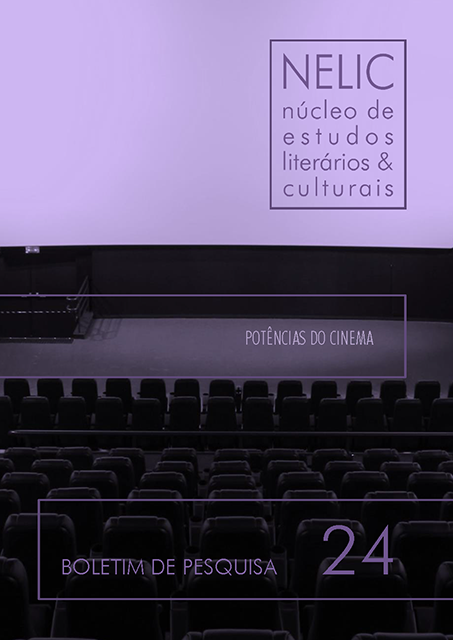1932: Between image and virtuality
DOI:
https://doi.org/10.5007/1984-784X.2015v15n24p23Abstract
Between reality and its image representation, the subjectivity of who captures this reality interferes, the subjectivity of whose intellectual, social and cultural conditions are configured in face of the imagistic face’s analogic and dissimilar arrangement, according to Jacques Rancière’s considerations on the images’ nature. Therefore, the statement of the existence of a single speech about an historical event is shaken, as well as the univocality of such an event. Taking this into consideration, the documentary 1932: cicatriz en la memoria (2005), directed by Carlos Henríquez Consalvi for the Museo de la Palabr y la Imagen (MUPI), of El Salvador, presents a narrative that grasps the popular cleansing and cultural ethnocide of 1932 as the seed of the Salvadoran Communist Party (PC). At the same time, another narrative whose line of thought goes in the opposite direction is elaborated, placing the indigenous as the protagonist, challenging the official discourse about the events.Downloads
Published
Issue
Section
License
Authors that publish in the Boletim de Pesquisa NELIC agree with the following terms:
a) Authors maintain copyrights and allow the journal to publish their work under the Creative Commons License BY-NC 4.0, which allows the sharing of the work, authorship recognition, and the initial publication in this journal.
b) Authors may sign additional separate contracts for non-exclusive distribution of the version of the work publish in this journal (e.g. publishing in an institutional repository or as book chapter).
c) Authors are authorized and encouraged to publish and share their work online (e.g. in institutional repositories, social media, personal pages, etc.) after the editorial process, once such actions may raise impact and citation of the published work.
d) Authors of approved works authorize the journal to reproduce their content in indexers, virtual libraries and the like.
e) The authors ensure that the submitted work for publishing is original, and are fully responsible for their content in case of any dispute by third-parties.
![]()



